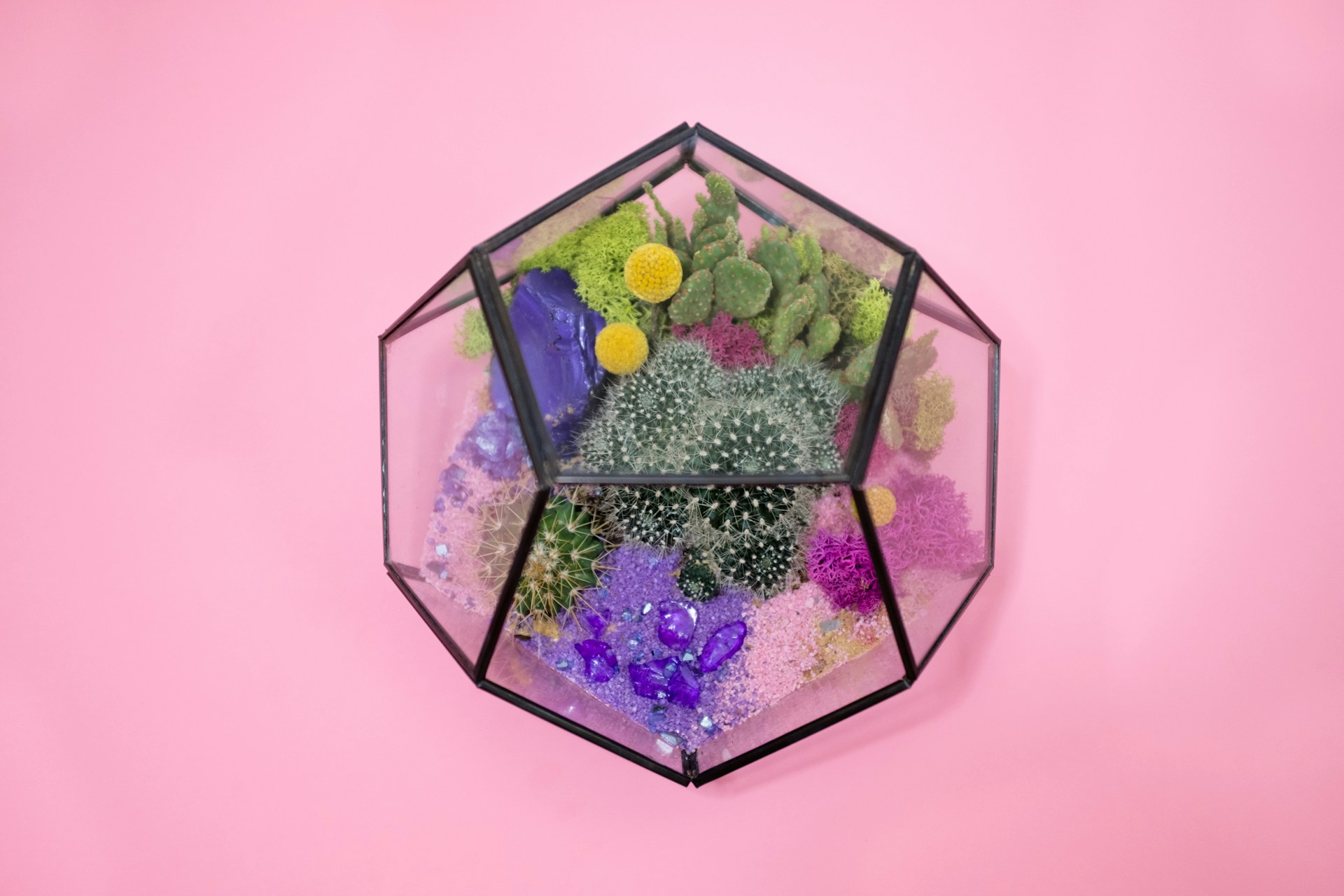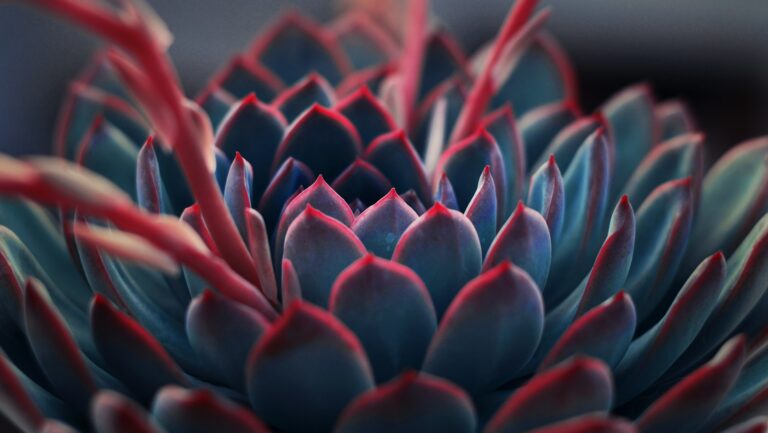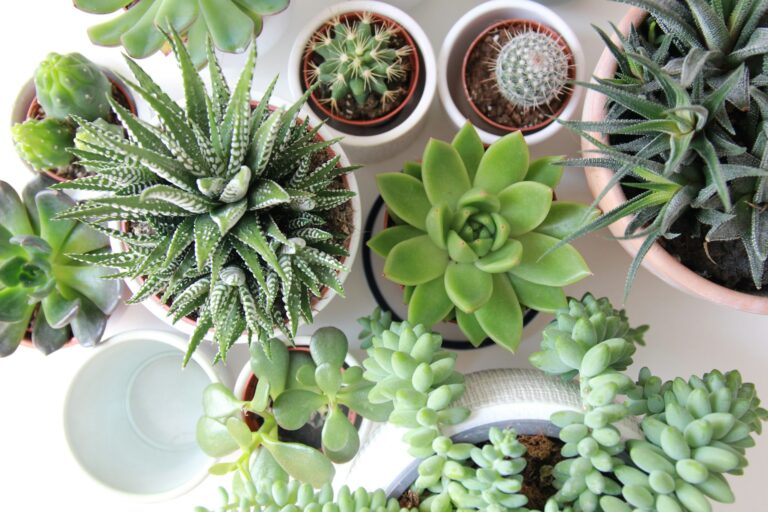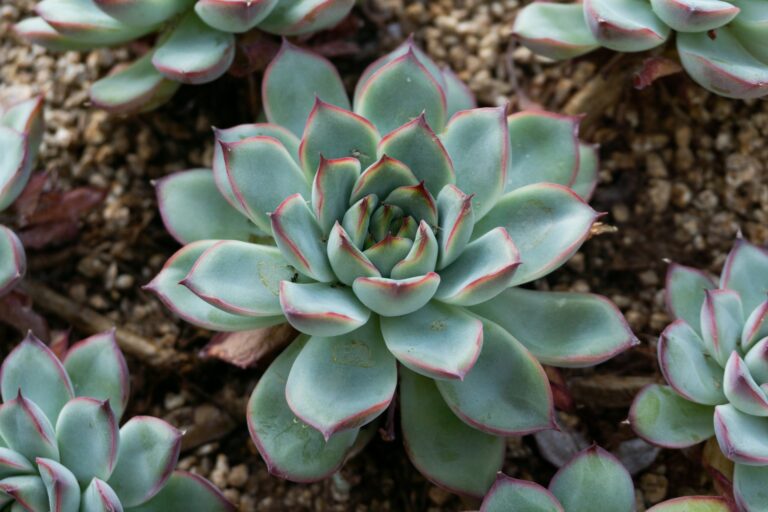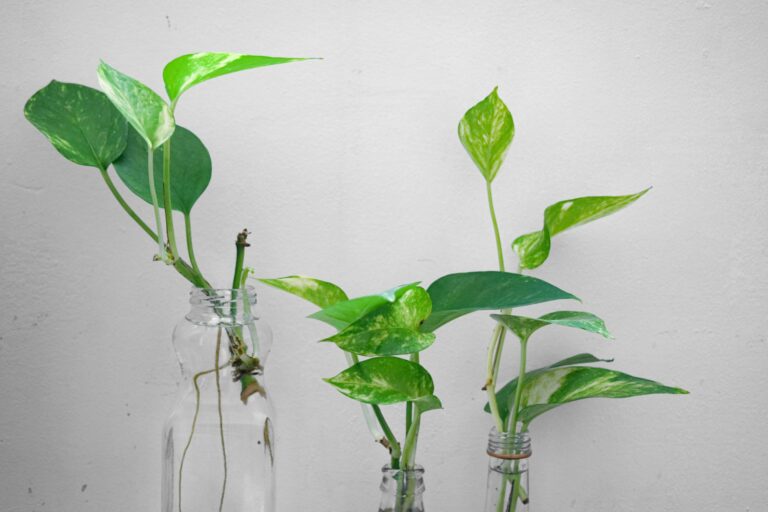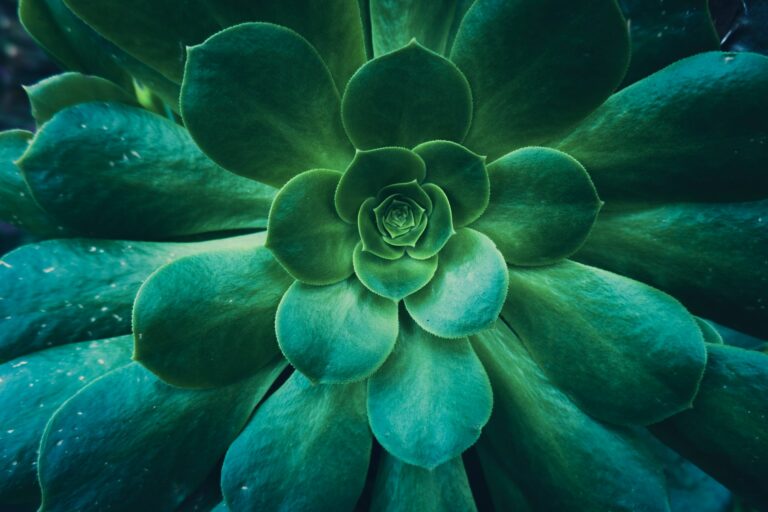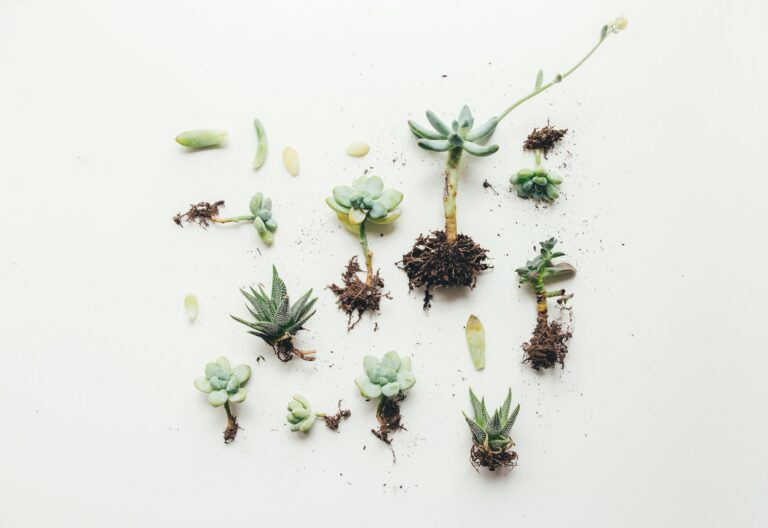If you’re looking to add some greenery to your indoor space but don’t have a lot of natural light or outdoor space, you can learn how to make a succulent terrarium for indoor plants because it can be the perfect solution.
Terrariums are self-contained ecosystems that can be created in a glass container, making them a low-maintenance and visually appealing option for indoor gardening. Succulents are particularly well-suited to terrariums, since they require little water and can thrive in various lighting conditions.
This guide will walk you through the steps to make a succulent terrarium, including selecting the correct container, soil, and plants and providing tips for care and maintenance.
Whether you’re an experienced gardener or just starting, a succulent terrarium can be a fun and rewarding project that brings a touch of nature into your home or office.
Step-by-step process to make a succulent terrarium for indoor plants.
There are different types of succulent terrariums that you can make, but an open terrarium is the best one you can choose for succulents. Closed terrariums tend to accumulate moisture, which can harm a plant.
Here is how you can make a succulent terrarium for indoor plants. Follow these steps:
- Choose a suitable terrarium container
- Disinfect the container
- Place the drainage layer at the bottom
- Add a filter for separation
- Pour a charcoal layer
- Add a soil substrate and succulent potting soil mix
- Add plants to the soil
- Care for the plant
Choose a succulent terrarium container.
An open glass container is a way to go when choosing a terrarium container for your succulent. Succulents originate from arid areas; thus, they require proper airflow and low humidity levels. You can achieve that by using an open container.
There are many container ideas you can choose from depending on the shape or size. Pick a container suitable for your plant. Here are some containers you can purchase from Amazon;
- Geometric terrarium glass
- NCYP irregular glass
- Modern glass container with lid
- Hanging glass terrarium
If you are on a budget, you can purchase a container from a thrift store or check a recycling container for a usable container.
Disinfect your succulent terrarium container.
Before planting, it’s good to clean your container to kill any bacteria present. You can disinfect it using hot water and soap. This process will kill any dirt and bacteria present in the container.
After cleaning the container, dry it with a clean cloth.
Place the drainage layer at the bottom.
As you make a succulent terrarium for indoor plants, it’s important to note that the container doesn’t have drainage holes. So to prevent water from causing root rot, add a drainage layer at the bottom.
The drainage consists of a layer of river rocks or gravel. Add about 1 to 2 inches of gravel, depending on the size of your container. The layer will create a reservoir where excess water drains away.
If you don’t add enough gravel, the succulents might soak their roots in standing water, resulting in root rot.
Add a filter for separation.
To prevent the drainage layer and soil from mixing, place a small filter between them. Other than mixing, the filter helps to keep the design intact.
Use a small filter that allows water to pass through. For example, you can use a coffee filter, cheesecloth, gauze, or construction paper.
Add a charcoal layer.
Charcoal acts as a purifier and also prevents fungus growth or rot. Also, it keeps the succulent terrarium fresh by removing the bad smells that come from a terrarium. Add a thin layer (about 1 inch) of charcoal to the terrarium.
Instead of charcoal, you can use another substrate such as coco coir, horticultural sand, pumice, or worm castings. Some people prefer to mix them to create a gritty mixture to help in drainage.
Add succulent potting soil mix and plants.
The next part involves adding potting soil to the container. Purchase potting soil like this for your terrarium plant.
Succulent soil is the best because it is light, has fast drainage, and has proper soil aeration. Add the soil, water it to make it wet, and then start adding plants. Ensure the succulents are healthy.
After placing the plant, add soil to cover the roots up to the stem. You can water the soil around the plant and ensure the leaves don’t touch the water.
Some of the succulents you can plant in your terrarium include:
- Jade plant
- Echeveria
- Aeonium
- Panda plant
- Dwarf aloe
- Mammillaria cacti
- Haworthia
- Sedum Burritos
- Sempervivum (Hens and chicks)
- Agave plants
Since a terrarium is small, it’s better to plant small succulents that don’t grow tall. If you have a tall succulent, you can prune it to a suitable size. Don’t forget to prune the roots if they are long.
How can you water succulents in a terrarium?
Succulents can survive for one to two weeks without water. But that is not something you should consider doing. It can stress the plant. So even though they don’t need frequent watering, you can water them when the soil is dry.
When you let the soil dry, the plant absorbs all the water from the soil, preventing overwatering. How do you know when the soil is dry? You can check using the finger test or purchase a moisture meter to measure moisture content in the soil.
For routine watering, give them water once a week during summer and once in two weeks during winter.
When succulents have enough water, they thrive, and their leaves are firm and juicy.
Lighting requirement for succulent terrariums.
All succulents love good lighting. That means a lot of light is required for the succulents in a terrarium to thrive.
Place them in an area that receives direct sunlight for several hours a day and plenty of indirect light for the rest of the day. You don’t have to worry about giving too much light to succulents.
Place them on bright windowsills that get direct sunlight. Those windows usually face East or south.
Conclusion
Now that you know how to make a succulent terrarium for indoor plants, it’s your turn to use the knowledge at home. Hopefully, I have helped make the process easier for a beginner to understand.
Once you are done making the terrarium, place it in an area with sunlight and avoid watering for a week because the soil is moist from the water added. Leave the container open and let the plant grow.
